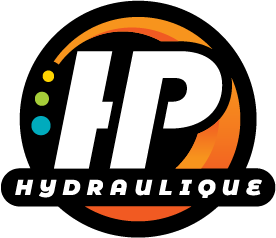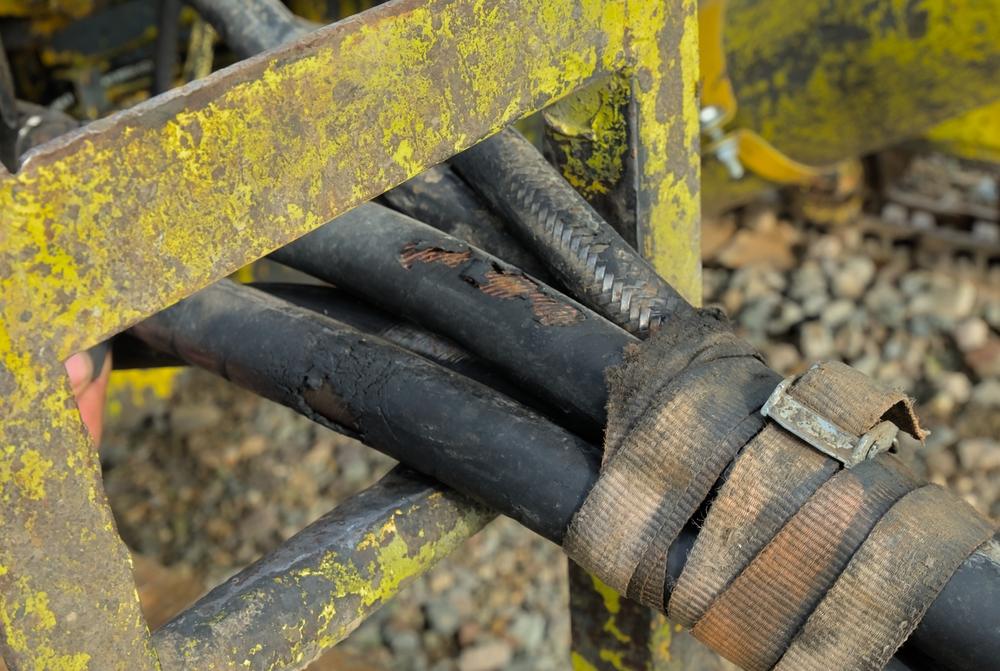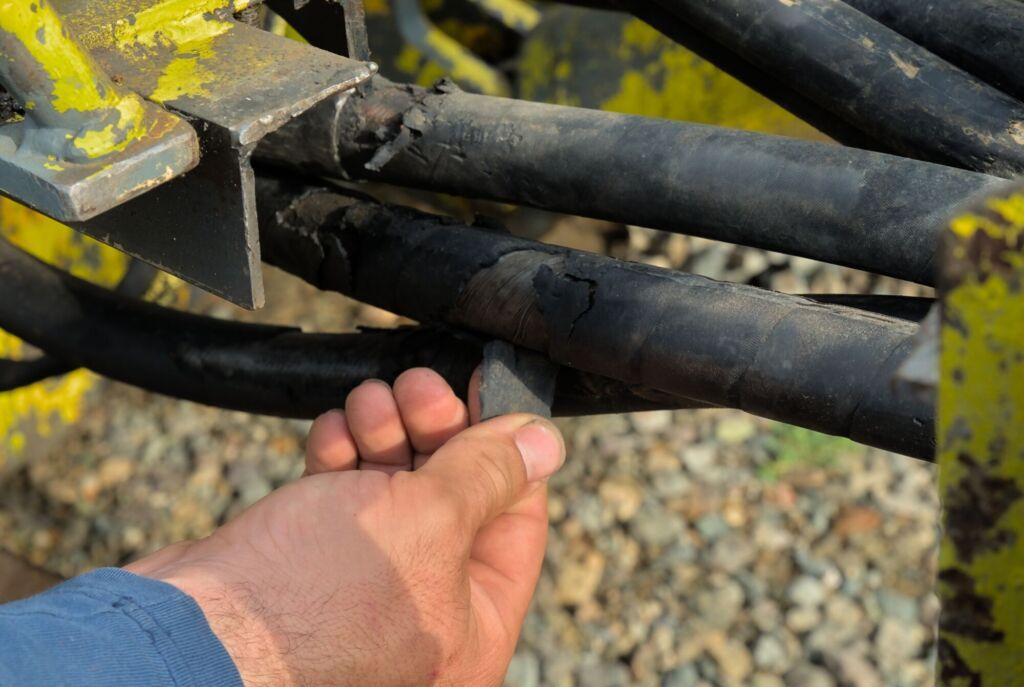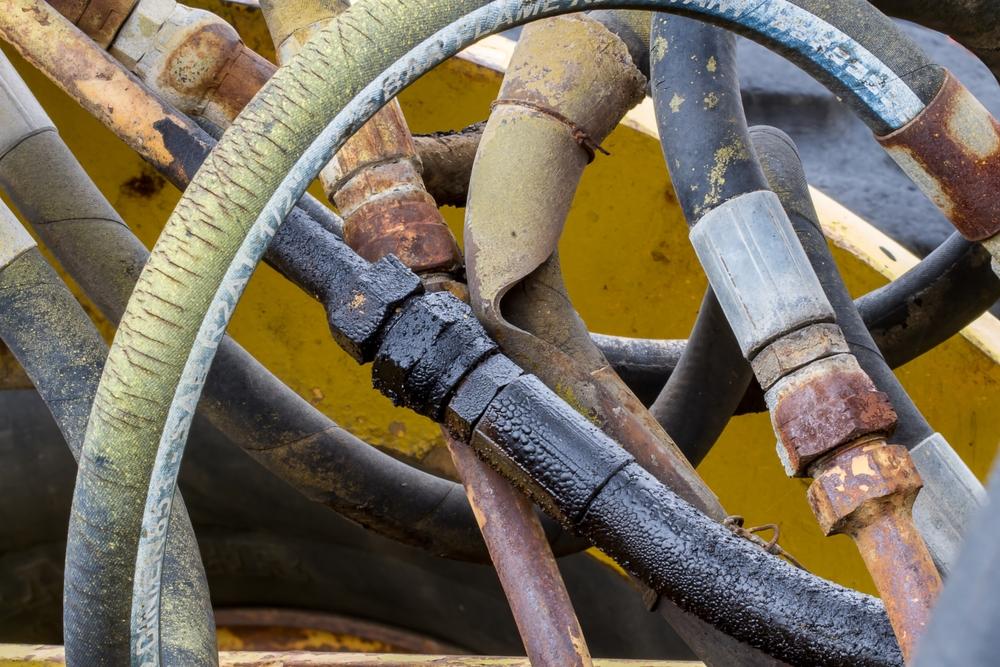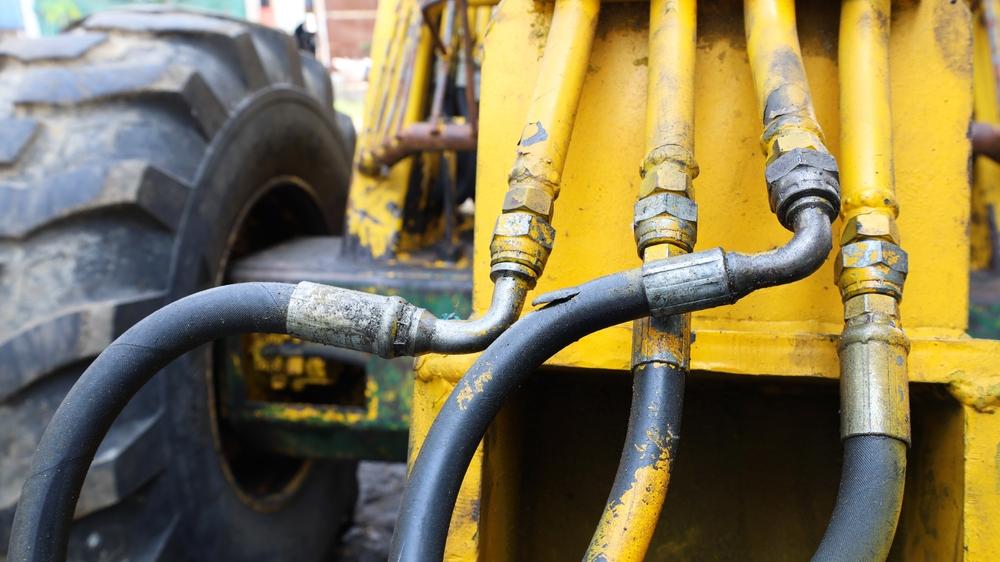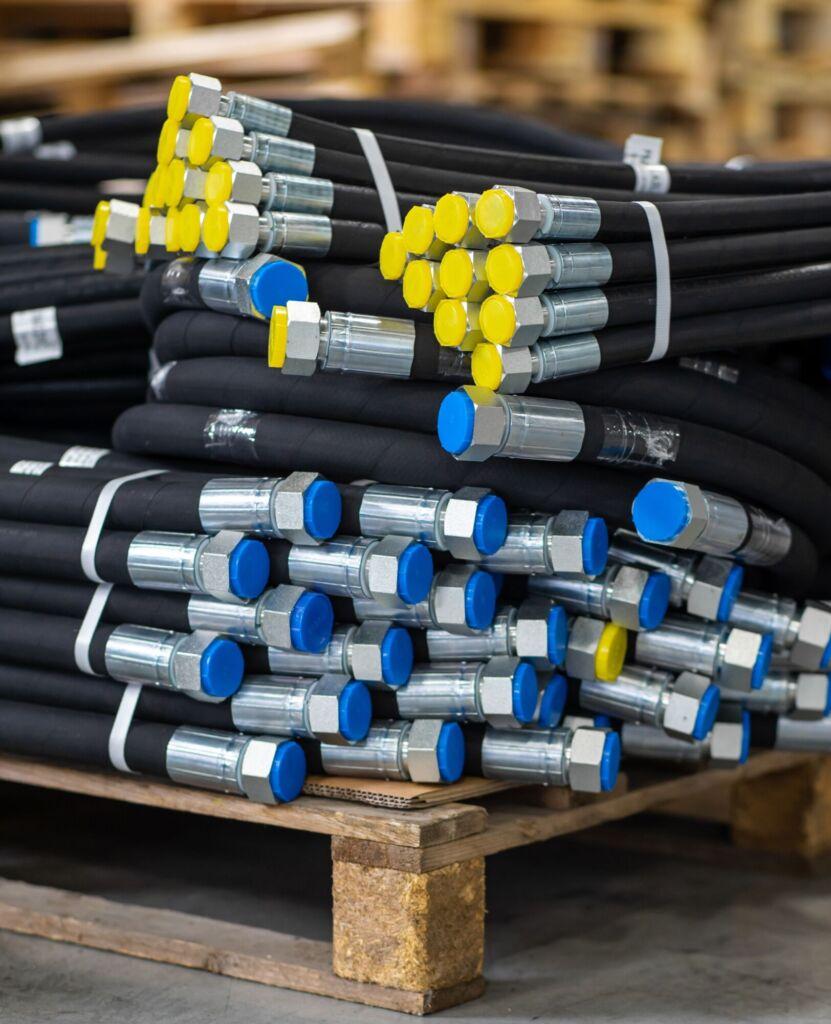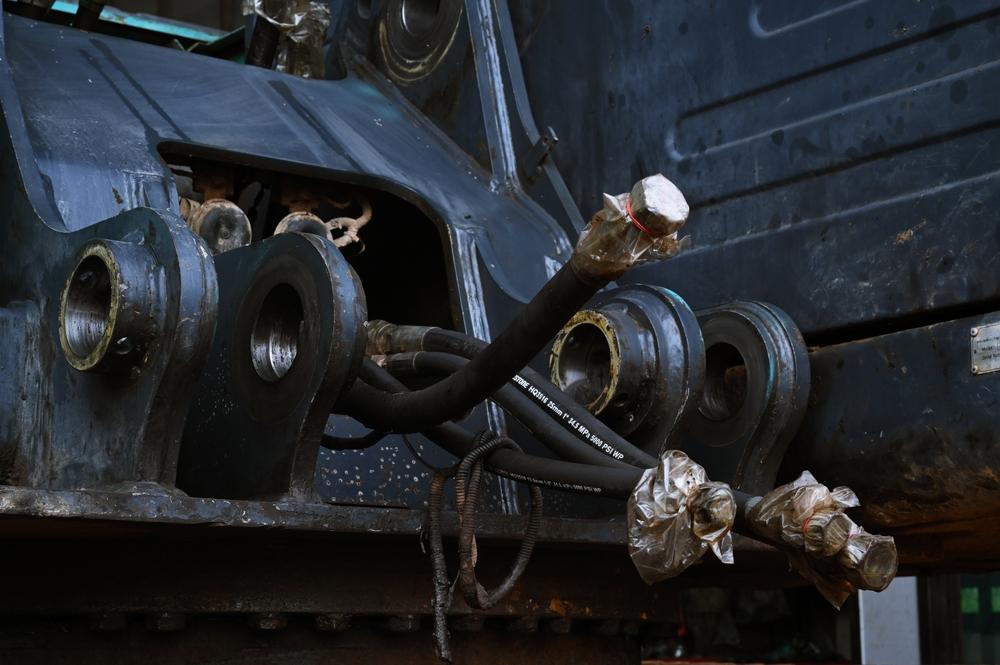HP Hydraulique, your distributor FOR BOSCH REXROTH AND FORSAFLEX PRODUCTS IN ABITIBI!
Sales and repair of hydraulic and pneumatic components – Distributor of Bosch Rexroth products in Abitibi-Témiscamingue and Northern Quebec (Ungava)
Contact Us
Monday to Friday from 8am to 5pm
